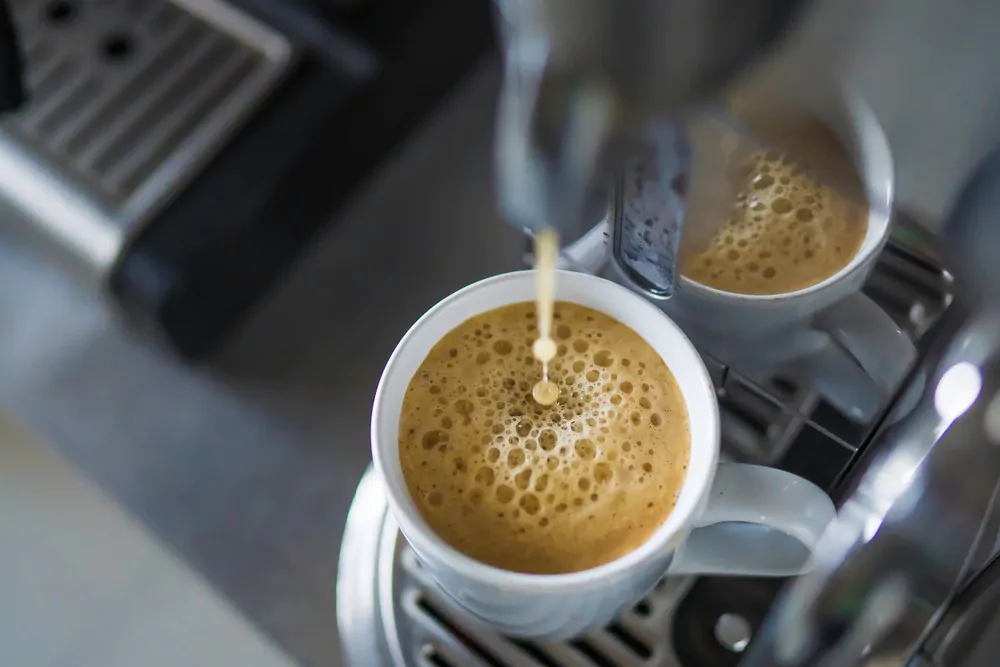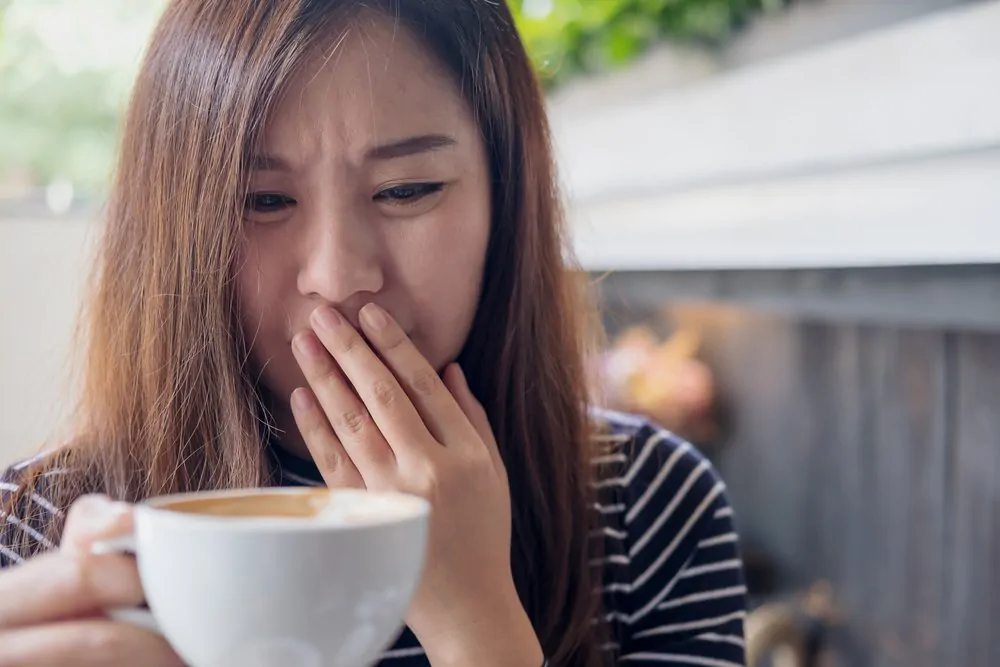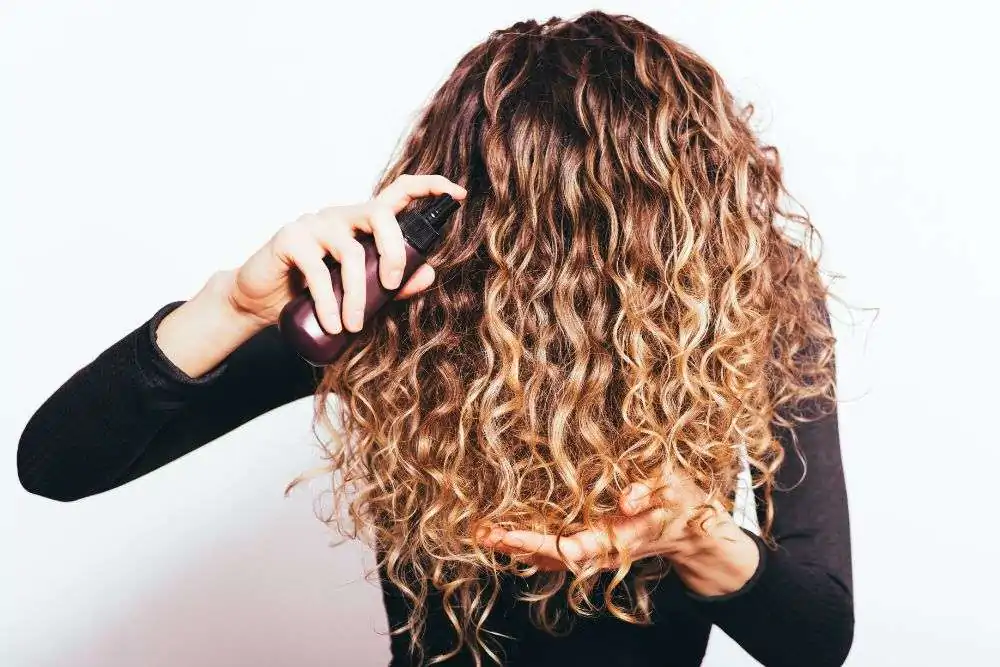Espresso is popular due to its rich flavor; what do you do when your home-brewed coffee is weak and sour? Read on our under extracted espresso to prevent it.

Sometimes coffee is more of an art than a science, but that doesn’t mean the technical elements have no purpose. The recommendations for grind sizes, water temperatures, and brewing times are tried and true parts of the brewing process that help you whip up a perfect cup of coffee.
As a home barista, you might be trying to capture the robust flavor of coffee shop espresso, only to come up short. One of the most common reasons for this is under-extraction, but what is under-extraction?
Under-extracted coffee is when you don’t get enough desirable compounds from the coffee beans. This results in java with a sour, salty taste and a thin mouthfeel.
Read on to learn more about under-extracted espresso and how to prevent it. Check out our guide on the best coffee for espresso shots to learn more.
The Extraction Process
To be able to tell what under-extracted coffee looks like and how to avoid it, we need to learn how extraction works. As the name suggests, extraction is the process of drawing the caffeine, aromas, and flavors out of coffee beans.
The reason coffee is roasted in the first place is to enhance the taste and make the beans more soluble so it’s easier to brew them later. Although some coffee lovers will use green beans, the resultant brew won’t have the coffee flavor most people are accustomed to.
Coffee beans are ground to increase the surface area to make extraction more efficient; you can use whole beans, but it’s a longer process. They’re then exposed to water to dissolve the caffeine, oils, flavors, and aromatic compounds.
Hot water, but not boiling, is better at extracting coffee, which is why it’s the standard. Even if you’re having iced coffee, it’s usually brewed with espresso and then cooled.
The exception is cold brew, which takes eight to 24 hours to make. Since it’s brewed with cold water, you’ll notice it has a unique taste as the grounds are extracted slower, creating a mild beverage with low acidity.
You may have heard the term Total Dissolved Solids (TDS) before; this essentially refers to the amount of soluble matter from the coffee bean in your brew. Only around 30% of the coffee bean is composed of dissolvable solids; the remaining cellulose doesn’t break down.
Since espresso is concentrated, the TDS is usually between 8% and 12%, while filter coffee is less than 2%. Although both these figures seem low, not all coffee compounds taste good. The extraction process for each brewing method is tailored in a way to obtain the best elements.
Under-Extracted Coffee Vs. Over-Extracted Coffee

Getting the classic espresso taste comes from balancing your extraction process: the grind size, water temperature, and brewing time must all match up to get the perfect espresso. When one or more of these factors is out of balance, the result is either over-extracted or under-extracted coffee.
Over-extracted coffee happens when your java contains too many compounds, or the wrong ones are extracted with the correct ones. Over-extracted coffee tastes overwhelmingly bitter and burnt, with a poor balance of flavors or aromas. It also has a dry, grainy mouthfeel.
Under-extracted coffee has the following characteristics:
Pale Color
When pulled right, an espresso shot will be dark brown, almost black, with some crema on top. Under-extracted espresso will be lighter and more transparent since it lacks many compounds.
Watery Texture
An under-extracted espresso will have a thin body. Correctly pulled espresso can be more heavy or syrupy since it’s so concentrated, but under-extracted coffee is lacking in oils, leaving it feeling watery.
Sour Flavor
Coffee always contains a slight bitterness; its bitterness depends on the beans, the roast, and the brewing process.
However, under-extracted espresso takes it up a notch with a distinct, sour taste. When coffee is extracted perfectly, other compounds in the drink help to balance the more astringent notes to find that sweet spot. Under-extracted coffee will taste overwhelmingly sour and even salty.
Stale Taste
Even if your poorly brewed espresso is fresh, it won’t taste like it. It will taste dull without the oils, aromas, and flavor compounds. A perfect shot goes down smooth and delights your senses with notes of chocolate and nuts.
How Do You Fix Under-Extracted Coffee?
If you keep brewing weak coffee, there are several things you can do to rectify this.
Grinds
The first thing to do is pay attention to the grinds you’re using. Finer grinds have a larger surface area, making extracting the caffeine and flavors easier.
Espresso is brewed with fine grinds because the process happens so quickly. Since water passes through larger particles faster, the fine grounds slow the process, allowing the flavors to develop.
It’s also vital to ensure the coffee grind size is even. Since burr coffee grinders are more precise in this regard, they’re the best option if you want a quality shot of espresso. Uneven grinds can under and over-extract, leading to murky, undefined flavors.
Check out our burr grinder vs. blade grinder guide for more.
Water Temperature
The second thing you can do is consider the water temperature. If the water isn’t hot enough, it can’t correctly extract, so the drink becomes weak.
The hotter the water, the easier espresso extraction is, but there is a limit. For this brewing method, the water should be between 195°F to 205°F; going over this limit will burn your coffee.
Extraction Time
The word espresso means “pressed out” in Italian, but the name is also believed to come from the word fast since it’s a quick brewing method. However, despite being quicker than the likes of pour-over or drip coffee, you shouldn’t rush it.
Ideally, the process should take 24 to 30 seconds. If the water doesn’t stay in contact with the grounds long enough, no amount of pressure will help it dissolve all the flavors.
Pressure
Speaking of pressure, this is what sets espresso apart from other coffee brewing methods. The perfect amount of pressure is nine bars, which means the water pressure is nine times that at sea level.
Many espresso machines don’t allow you to go above or below this level, but others go to 18 bars. More pressure reduces the brewing time, so it will set the whole process out of sync and ruin your coffee unless you know what you’re doing.
You can still get a decent extraction if you drop to eight or seven bars, but lower than this will result in under-extracted coffee.
For this reason, pod devices, Moka pots, and AeroPress brewers can make espresso-like coffee, but it’s different from the real deal since they’re low-pressure coffee machines. However, the coffee from these brewers isn’t inherently under-extracted since the recommended brewing times and grind sizes compensate for the lack of pressure.
Freshness
It’s generally recommended to use opened coffee beans within two weeks for optimal freshness. After this, they won’t make you sick unless covered in mold, but your coffee won’t extract as well and will begin to taste weak and stale.
Once opened, coffee immediately starts to deteriorate due to oxidation. Always store your coffee in an air-tight container away from direct sunlight to keep it fresh for as long as possible.
Serving Size
It’s also vital to weigh or measure your coffee before brewing. If there are too many coffee grounds in the portafilter, the water will not penetrate it, but too little coffee will also under-extract. The coffee needed to brew espresso is one and a half to two tablespoons per shot.
You must also use the correct amount of water; one ounce is enough for a single shot. Too much water will dilute the espresso flavors.
Tamping
Tamping creates an even surface, pressing the coffee into a compact, puck-like shape so the water is forced to saturate the coffee grounds thoroughly. Even if your grind is the right consistency, the water must be able to pass through the grounds evenly for uniform extraction.
Not tamping, or poor tamping technique, means the water passes through unevenly as it looks for the path of least resistance, meaning some grounds don’t brew at all as they don’t come into contact with the water. This is known as channeling. Learn more in our espresso shots explainer.
Roast
There is also a reason medium and dark roasts are used for espresso, aside from having a deeper taste. Since these beans were roasted longer, they’re more soluble than lighter roasts, making them better suited to quick brewing methods.
That’s not to say that a light roast espresso will always be under-extracted, but you have to alter the brewing process slightly by reducing the grind size and slowing down the extraction time to ensure these roasts can brew adequately.
Maintenance
Finally, if your equipment and water aren’t up to par, your coffee suffers. Coffee machines need to be cleaned and descaled reasonably often, especially if you have hard water, as this will cause mineral build-up in your machine. Eventually, this can clog your brewer, preventing it from working.
Can You Fix A Shot You Already Brewed?
Under-extracted French press coffee and cold brew are easier to fix because you can allow them to steep longer or add more coffee. As for espresso, once the damage is done, there’s nothing you can do to fix it since you can’t put the brewed coffee back in your espresso machine.
Although double-shot espresso, known as doppio, is common, topping the first shot with more coffee means you’ll have a weaker version of this drink. The saltiness will also still poke through if you try to use it as a base for a latte or other milky drinks. Since you can’t mask the unpleasant flavors, it’s best to cut your losses.
What Can You Do With Under Extracted Espresso?

If you dislike letting things go to waste and rather not pour your espresso down the sink, there are several ways to upcycle brewed coffee.
Since coffee is used to make chocolate desserts even richer, if you’re already baking, you can pour your under-extracted espresso in with your wet ingredients. You might have already noticed that the coffee flavors are hardly noticeable if you’ve added espresso to a chocolate cake or a batch of brownies. Unless you’re making a coffee cake where the espresso is the star of the show, the quality of the shot doesn’t matter much.
Coffee can also be used to darken hair naturally. You can dilute your espresso with cold water, put it in a spray bottle, and spritz it into your hair. Let it sit for an hour, then rinse it in the shower.
From experience, coffee leaves my hair feeling shiny and smooth. Plus, caffeine may even stimulate hair growth.
Alternatively, you can dilute the espresso and use it to water plants once cool. Coffee contains nitrogen which can be used as a natural fertilizer. Learn more in our explainer on used coffee grounds good for plants.
